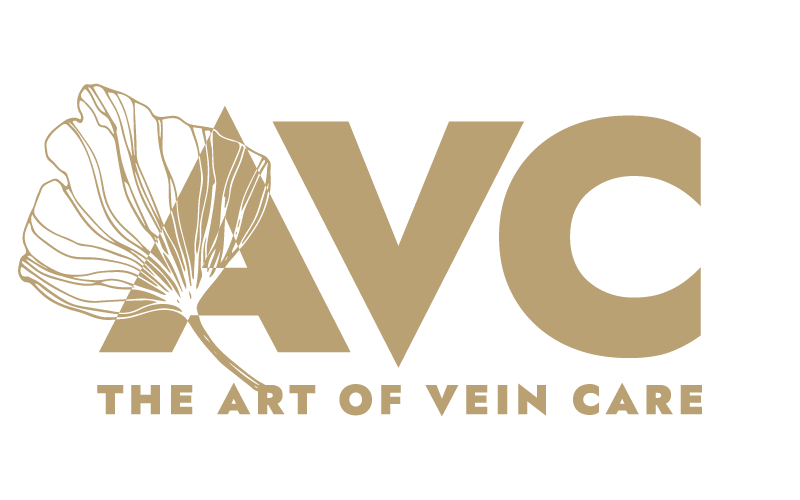[vc_row type=”in_container” full_screen_row_position=”middle” column_margin=”default” column_direction=”default” column_direction_tablet=”default” column_direction_phone=”default” scene_position=”center” text_color=”dark” text_align=”left” row_border_radius=”none” row_border_radius_applies=”bg” overlay_strength=”0.3″ gradient_direction=”left_to_right” shape_divider_position=”bottom” bg_image_animation=”none”][vc_column column_padding=”no-extra-padding” column_padding_tablet=”inherit” column_padding_phone=”inherit” column_padding_position=”all” background_color_opacity=”1″ background_hover_color_opacity=”1″ column_shadow=”none” column_border_radius=”none” column_link_target=”_self” gradient_direction=”left_to_right” overlay_strength=”0.3″ width=”1/1″ tablet_width_inherit=”default” tablet_text_alignment=”default” phone_text_alignment=”default” column_border_width=”none” column_border_style=”solid” bg_image_animation=”none”][vc_column_text]The lymphatic system is a complex of fine vessels (lymphatics), tissues (lymph nodes) and organs (eg spleen). They deal with the fluid between cells (intercellular fluid), that is, fluid that is not in either cells or arteries or veins. This fluid is called lymph. It is made up of fluid that leaks through the capillaries and into the body’s tissues as well as some of the fluid absorbed by the gut. The role of the lymphatic system includes:
- Collecting fluid that is outside cells and not in arteries or in veins.
- Collecting fats and protein that have been absorbed in the gut.
- Being part of the immune system and contains white cells that can destroy invaders.
- Transporting by-products of metabolism and waste from the lymph.
This fluid is returned to the bloodstream via the lymphatic system. The lymphatic system is complex and is made up of:
- Lymph, which is the (usually) clear fluid that lies between cell which has not been absorbed in the capillaries. It contains proteins, white cells, minerals and invaders such as bacteria and viruses or cancer cells which need to be destroyed.
- Fine tubes called lymphatic vessels. They are difficult to see without magnification and are located throughout the body (although not in the brain). They move the lymph under low pressure using valves and the vessels have muscle in the wall that helps to move the lymph back into the vascular system
- Lymph nodes which are glands located in certain places where the the lymphatic vessels drain, such as the groin, armpit and at the base of the neck. They filter the lymph as it passes through them. They also store and produce white cells and other immune cells.
- Collecting ducts which are the tubes where the lymphatic vessels drain into the venous system. They are called the thoracic ducts and they drain into the subclavian veins behind the clavicles (collar bone)
- Lymphatic organs. These include the spleen, thymus, tonsils and adenoids and bone marrow.
Lymphoedema occurs when the lymphatic system becomes blocked or malfunctions or has not developed properly. It is most commonly seen in the arms or the legs and is due to the accumulation of lymph fluid. It is be either primary or secondary.
- Primary lymphoedema is a congenital disorder that affects the development of the lymphatic system. There may be too few vessels (or there may be none) to drain the fluid that accumulates, or the vessels may be too large to work properly.
- Secondary lymphoedema is more common and is due to blockage or damage. It may follow surgical removal of the lymphatics such as in some cancer surgery. It may be a complication of radiation treatment. The lymphatics can be blocked by infections such as cellulitis or certain parasites which occur in the subtropical regions such as filariasis. Obesity can also a major factor due to high pressure in the abdomen and chest.
Lymphoedema can be associated with venous disease. If lymphoedema and venous disease (phlebolymphoedema) are present together, treatment of the venous disease is important to decrease the load on the lymphatic system and needs to be treated first.
This blog is based on the information page on the Cleveland Clinic website and the Australasian Lymphology Association.
At The Art of Vein Care, we specialise in the management of varicose veins and venous disease. We offer expert consultations, walk-in walk-out treatment with minimal down time. If you would like further information, please contact us here: https://theartofveincare.com.au
[/vc_column_text][/vc_column][/vc_row]
